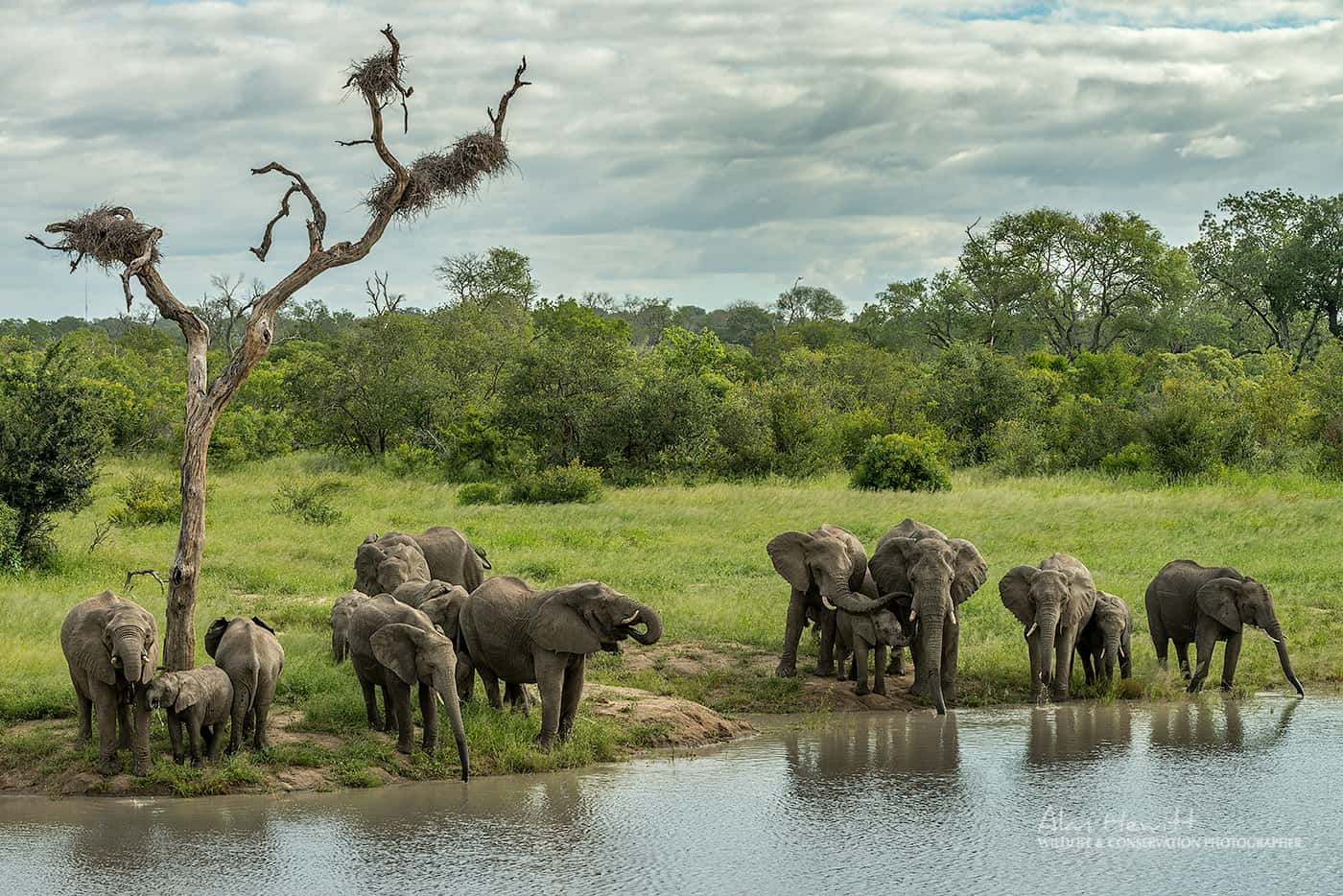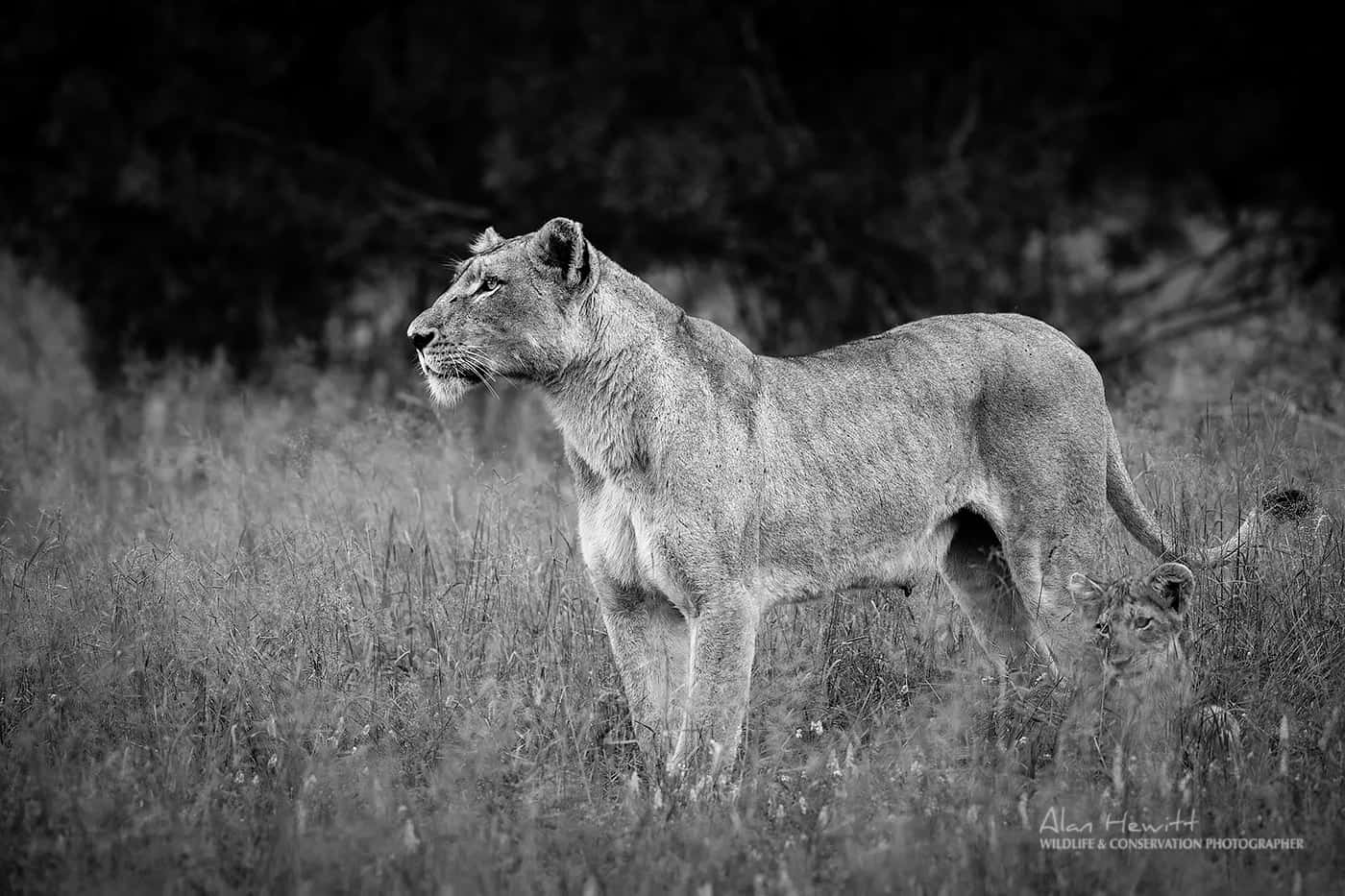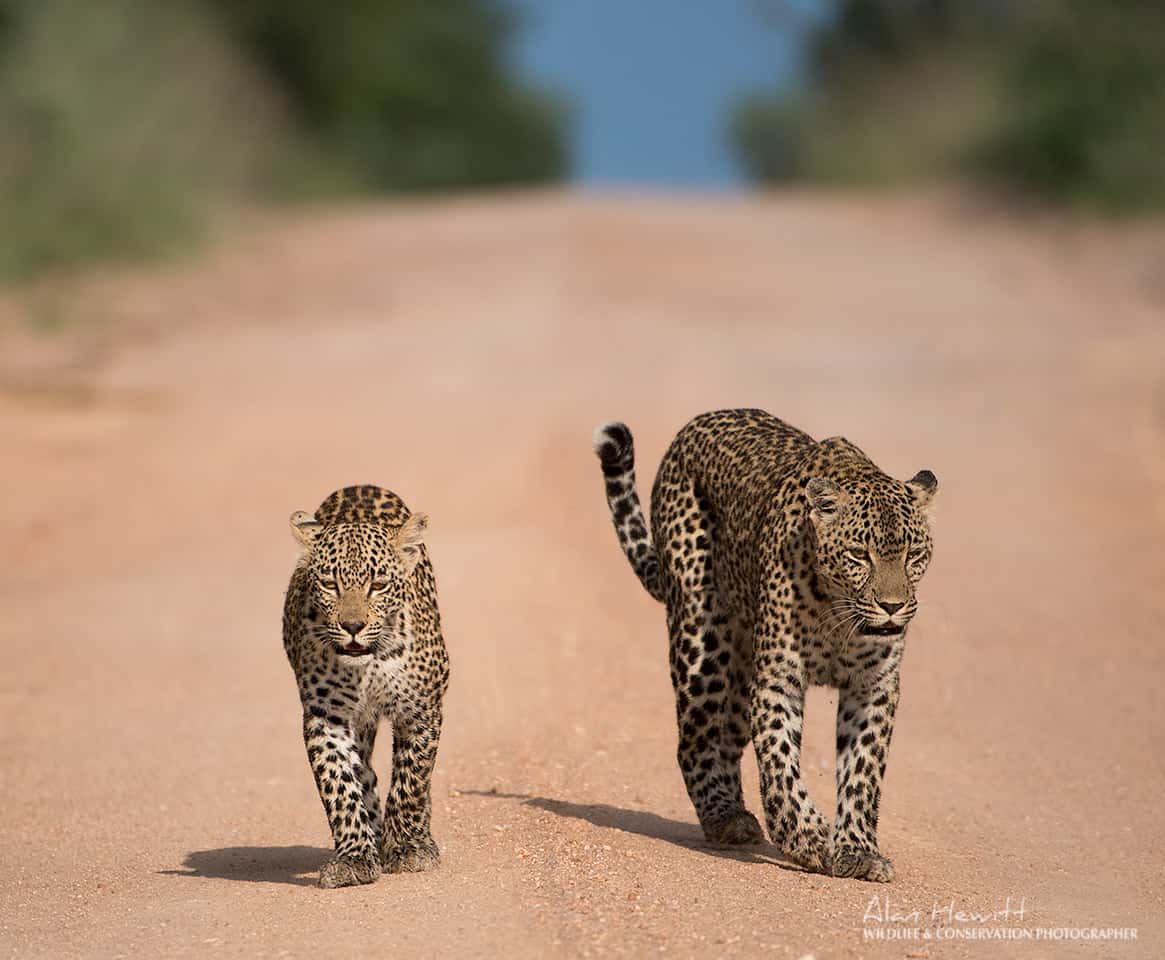Photographer Alan Hewitt’s tips on what to pack
Planning and booking an African photo safari is an exciting process and as your departure date gets closer, you’ll be thinking about packing the right gear. I’m not talking about socks and underwear, it’s time to pack the camera bag!
First of all, I always recommend photography enthusiasts choose a safari which has been designed with the needs of photographers in mind. This means everybody there will have the same interests and priorities. We’re usually a patient bunch and we want to spend a lot of time with an individual species to photograph different behaviour from different angles and in different light. This is in absolute contrast to some of the more general ‘tourist’ safaris where ticking the species box and moving on is often the priority. I know a lot of people who have been disappointed with their experience and in hindsight, wish they had booked on a photography safari.
Want to join Alan Hewitt on an exclusive photo safari in South Africa and Botswana?
Another advantage of a photo safari is receiving specific and valuable advice, and that’s just what this blog is about! Packing for your African photo safari….
What Camera To Take On A Photo Safari
It wouldn’t be much of a photographers safari without them! Where possible I recommend taking two camera bodies. One armed with your workhorse telephoto lens and another which can be used as a back up but also with a wider to mid-range zoom attached. It’s quick and easy to grab when the wildlife comes close or when you want to photograph a wider view of wildlife in the context of its habitat or landscape. Having two camera bodies also saves swapping lenses in dusty environments.

I’d recommend a lens with a focal length of 300mm and I believe the versatility of zoom lenses are ideal for African safaris. We photograph such a wide range of species, birds and mammals of such varying sizes and distances. My main lens for a safari is the Nikon 200-400 f/4 and I find I constantly use the full range of the zoom. Other telephoto lenses I recommend are the Nikon 200-500mm f/5.6 and the Canon 100-400mm f/5.6.
In terms of a wide angle / mid-range zoom I’d look at something in the range of 20mm to 80mm. It’s about combining versatility and keeping within the airline’s weight restrictions which we will already be fast approaching with just cameras and lenses! If space and weight permits I may pack my 70-200mm but the lenses described above are more important to me. A teleconverter is often worth considering but be aware that they can cause a drop in image quality and autofocus speed, especially on zoom lenses.
Tripod, Monopod or beanbag?
A tripod can be useful or even essential for evening photography and long exposures. But, beware! You may have difficulty persuading the cabin crew to let you take this as part of your hand luggage. The spread of a tripod’s legs aren’t particularly practical for safari vehicles either. A monopod is a much lighter and more practical alternative to use within a vehicle. It doesn’t have to be fully extended and it takes the strain from your arms and shoulders.
A bean bag is also very useful. Most safari vehicles will have rails or a plinth to which a beanbag can be strapped on to. Make sure it’s secure though as they are easily lost! You may be able to fill it when you arrive thus saving space in your luggage. Personally I prefer to pre-fill a beanbag with lightweight polystyrene balls. It’s bulky but lightweight, just make sure it is secure so the content doesn’t leak out!
Laptop Computer
It’s very useful to have a laptop and hard drive for backing up photographs. Remember to pack connecting cables and chargers too! You can save a little bit of space and weight by carrying camera to computer leads instead of a memory card reader. When I am leading a photo safari I like to be available in between game drives to carry out some photo processing sessions on packages such as Photoshop and Lightroom. Plus it’s a great way to show your friends back home how much amazing wildlife you are enjoying photographing!
Accessories
Batteries and memory cards are essential. Get to know what you can expect out of your camera in regard to battery life and take enough spares to get you through the day. Spare memory cards are also essential. You don’t want to have to be constantly swapping cards as you fill them up but I also believe in the concept of not putting all of my eggs into one basket! I prefer to use 2 or 3 smaller capacity cards rather than 1 very high capacity card.
If you take two cameras you also need to take two chargers! I once had a charger fail on me, luckily I had a spare! I also recommend a camera cover which will help protect your camera in the event of a rain shower. They are also useful for dust protection too. And after all of this we also need to think about lens cleaning cloths and filters. A polarising filter is often useful and I have also been known to carry a couple of graduated neutral density filters if weight and space permits.
I know I said this was about packing camera gear but forgetting a few simple items such as a passport, visa, money, hat, sunscreen, medication (remember anti-malaria prophylactics), mosquito spray and a warm jacket for cool mornings and evenings is a sure way to spoil your photography experience. Oh and a torch, I always carry a head torch!
Packing For Your Photo Safari
I recommend packing high value items like cameras, lenses and laptops in your hand luggage. Airline safety requirements require you to pack batteries in your hand luggage. Make sure they are charged as airport security may require you to demonstrate laptops, cameras and lenses are in full working order. A rule of thumb to consider is to pack anything essential to your photography, travel and health in your hand luggage.
Pack your gear very carefully with disruption in mind. It typically takes me three successive flights to get to my destinations in Africa. There may be more two or even three layers of airport security on each flight which may require you to unpack large cameras, lenses and laptops. Avoid placing smaller accessories on top of larger items which you may need to take out and re-pack repeatedly. Pack cables and batteries together in small pouches rather than loose in your bag.
Your camera bag should be big enough for your gear but small and light enough for cabin limits. When packed you should be able to safely lift in and out of the overhead lockers without assistance. Check the maximum sizes and weights your airlines allow and be aware that different flights will probably have different rules.
Packing expensive and essential photography equipment for safari can be a daunting experience, especially if you aren’t used to doing this time and time again. Remember to seek advice, if you’ve booked on a photographers trip you won’t be the only person in any doubt and your guides and tour operators have the experience and knowledge to help you out.






